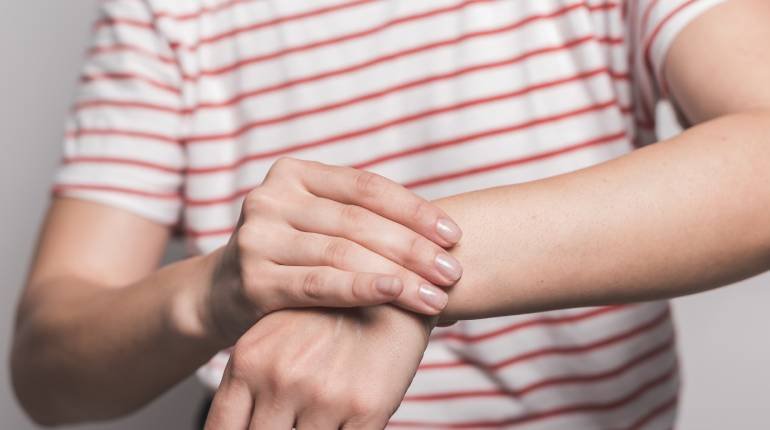
Unable to Hold or Grip Things: Know Why & its Risk Factors
Introduction
Have you been facing a nibbling feeling in your arm, a painful hand, or a problem with the wrist? Do not ignore it; it could be due to Carpal Tunnel Syndrome. The small passageway (or tunnel) at the base of the hand that shields the nerves and tendons leading to the hand and fingers is known as the carpal tunnel and bears the label carpal tunnel syndrome. Carpal tunnel syndrome originates when the tissues around the flexor tendons or the carpal tunnel, a channel in the wrist, expand. The median nerve is subsequently under pressure as a result. This pressure can cause discomfort, tingling, and numbness in hand.
carpal tunnel syndrome surgery often has multiple contributing factors. The illness could emerge due to several risk factors working together.
Know the symptoms of why you are facing the problem of not being able to hold or grip things. Other signs and symptoms of hand weakness include:
Symptom 1. finger inflammation, tingling, numbness, and burning
Symptom 2. radiating shock-like impulses to the fingers
Symptom 3. tingling and discomfort that radiates up the forearm
Additionally, someone may discover that they are dropping objects due to numbness and hand weakness. Carpal tunnel syndrome has a late-stage consequence like this.
Typically, the tingling and pain last a long time and can get worse before weakness sets in.
Carpal tunnel syndrome has been linked to several variables. Even though they might not be the direct cause of carpal tunnel syndrome, they might make the median nerve more susceptible to irritation or damage. These comprise:
- The space within the carpal tunnel may change due to a wrist fracture, bone dislocation, or arthritis, deforms the tiny bones of the wrist and places pressure on the median nerve. Carpal tunnel syndrome may be more prevalent in people with smaller carpal tunnels.
- Obesity is another risk element for carpal tunnel syndrome.
- In general, women are more likely to develop carpal tunnel syndrome. This situation may occur because women’s carpal tunnel area is smaller than men’s. Women who are suffering from carpal tunnel syndrome have smaller carpal tunnels as compared to other healthier women.
- The risk of nerve damage, particularly damage to the median nerve, is increased by several chronic conditions, including diabetes.
- The median nerve may become irritated if fluid retention raises the pressure inside the carpal tunnel. The situation frequently occurs during menopause and pregnancy. Pregnancy-related carpal tunnel syndrome typically gets better on its own after giving birth.
- The lining present around the tendons in the wrist can be impacted by inflammatory diseases like rheumatoid arthritis, which can place pressure on the median nerve.
- Anastrozole (Arimidex), a medication used to treat breast cancer, has been linked to carpal tunnel syndrome in various studies.
The abovementioned risks are potentially linked to Carpal Tunnel Syndrome.
Conclusion
Do not ignore the early signs of facing numbness in your fingers and forearm. Get in touch with an expert Doctor at YKORthopaedics and get the best consultation and treatment. For quick information and assistance, call YKOrthopaedics at +91 8851376606




